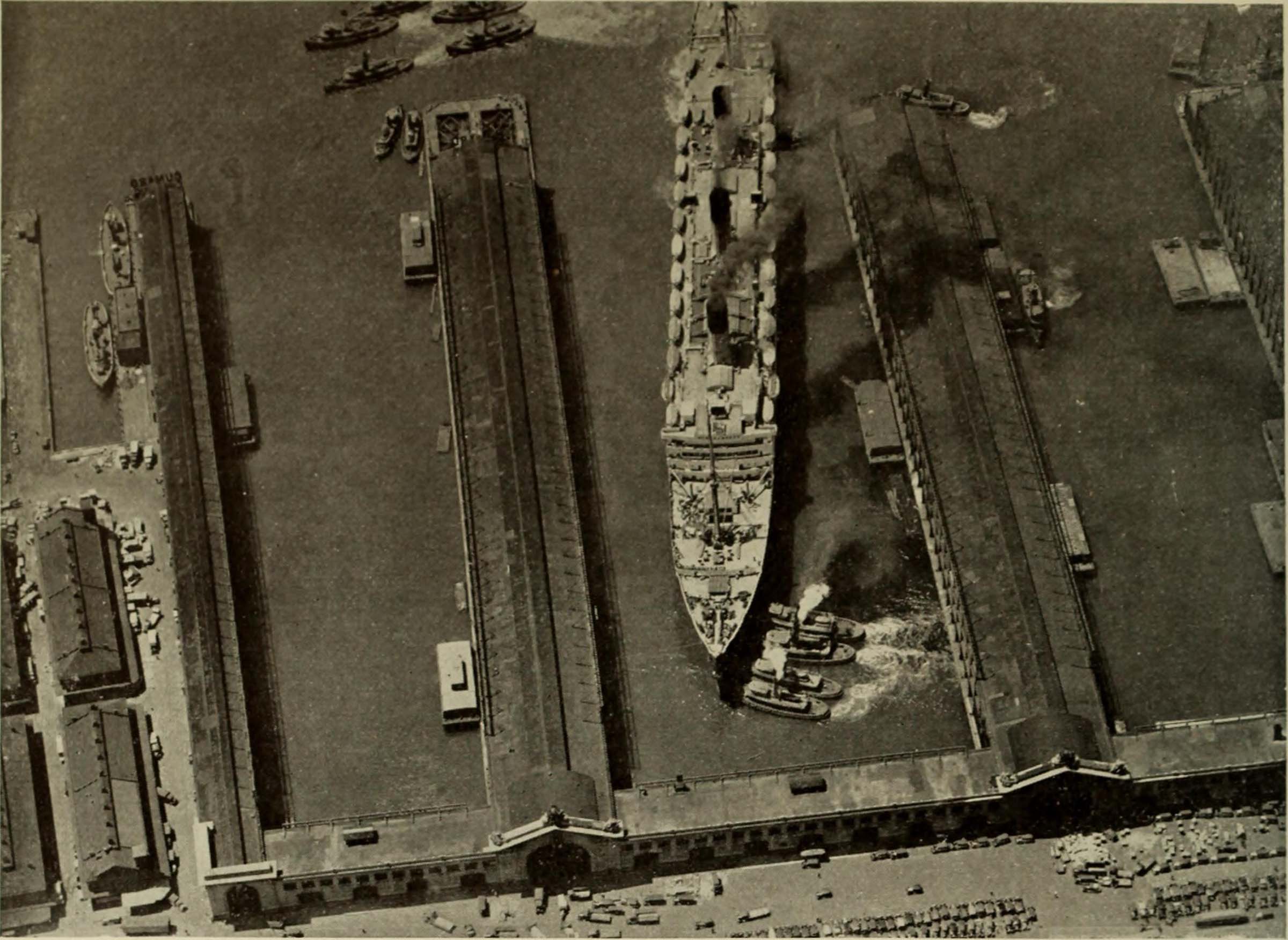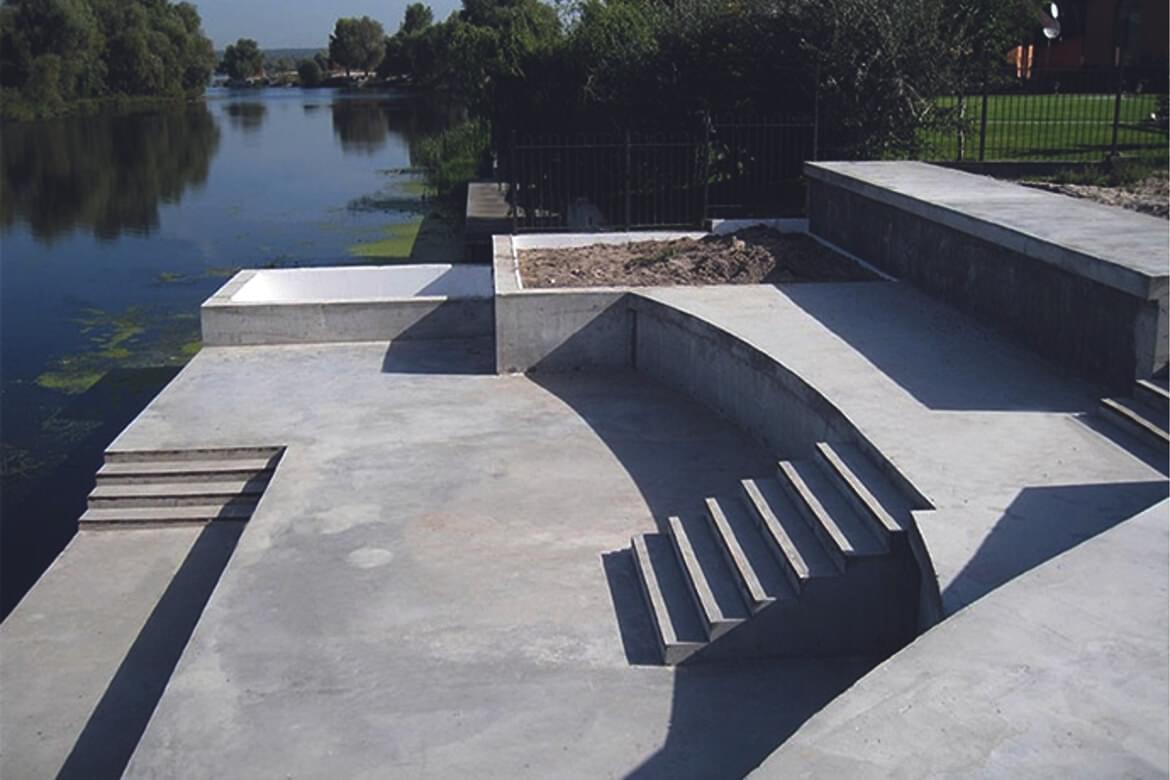How to Modify or Remove Bulkhead on Lake Livingston Safely
Checking Out the Different Uses of Bulkhead Frameworks in Modern Architecture
Bulkhead frameworks play a substantial function in modern style, serving both useful and visual objectives. They can specify spaces, enhance storage remedies, and improve illumination. In commercial settings, they serve as centerpieces that mirror brand name identification - Bulkhead on Lake Livingston. Furthermore, their integration typically supports sound management and sustainable methods. Understanding the complete extent of their applications exposes much about contemporary design trends and user experience. What innovative uses of bulkheads might emerge in the future?
Specifying Bulkhead Frameworks
Bulkhead structures play an essential role in modern architecture, working as necessary components in different building layouts. These structures are usually defined as increased ceilings or platforms, frequently made use of to hide mechanical systems, electrical wiring, or plumbing. Bulkheads can be found in both residential and business settings, where they offer a seamless blend of performance and looks. Their layout can integrate illumination components and other attractive aspects, improving the total visual charm of an area.
Commonly constructed from products such as drywall, wood, or metal, bulkheads can be personalized to fit the architectural style and demands of the structure (Bulkhead on Lake Livingston). They serve not only to conceal unsightly infrastructure but also to create defined areas within open rooms. By managing the circulation of a room, bulkheads add to the spatial organization, making them a considerable element of contemporary architectural practice. Their interpretation envelops both visual and useful dimensions.
Practical Applications in Residential Design
Bulkhead frameworks play a crucial function in residential style by helping with area optimization methods that make best use of functional locations. Furthermore, they contribute visual style components that improve the visual appeal of living spaces. On top of that, these frameworks supply crucial architectural assistance solutions, making sure the stability and security of the home.
Space Optimization Techniques
As contemporary residential designs increasingly focus on reliable use of space, innovative methods arise to take full advantage of functionality without giving up looks. One prominent method entails the combination of bulkhead structures, which can define locations while providing crucial storage space services. These structures can be used to produce upright storage space devices that enhance both organization and availability. In addition, multi-functional furnishings, such as foldable tables and exchangeable couches, matches bulkhead layouts, enabling areas to adjust to differing needs. Open layout better enhance spatial circulation, encouraging flexibility in operation. Integrating built-in shelving and recessed illumination within bulkheads additionally adds to a structured setting, making sure that fully of area is made use of successfully and sympathetically within the overall style.
Visual Style Components

Structural Assistance Solutions
In modern-day household design, an effective architectural assistance option is crucial for keeping the integrity of spaces while maximizing design and functionality. Bulkhead structures play a significant role in this circumstance, acting as both support and dividing aspects. They can hide mechanical systems, such as pipes and electric circuitry, while supplying reinforcement to the ceiling and flooring systems. By tactically positioning bulkheads, architects can develop specified locations within open layout, enhancing usability without jeopardizing architectural security. In addition, these structures can accommodate illumination fixtures, contributing to both looks and functionality. To summarize, bulkhead frameworks are crucial in residential style, offering flexible assistance options that enhance both the capability and visual allure of living spaces.
Enhancing Appearances in Commercial Areas
When industrial rooms accept cutting-edge bulkhead structures, they not only specify physical boundaries but also substantially enhance the overall aesthetics of the atmosphere. These building elements function as aesthetic centerpieces, drawing focus and creating a feeling of intrigue. By integrating varied materials such as metal, timber, or glass, bulkheads can reflect a brand's identification and mission, contributing to a natural design.
In addition, the strategic positioning of bulkheads can manipulate light and shadow, including depth and dimension to otherwise flat spaces. This interaction can change an industrial area right into a welcoming ambience, urging consumer involvement. Additionally, the usage of shade and appearance in bulkhead layout can stimulate particular emotions, boosting the overall client experience. Eventually, the thoughtful integration of bulkhead structures raises the visual allure of industrial spaces, making them not only functional however also aesthetically charming, thus promoting a long-term perception on site visitors.
Acoustic Performance and Noise Management
Effective acoustic efficiency plays a crucial duty in modern design, particularly within commercial rooms where audio management is vital. Bulkhead frameworks can considerably enhance acoustic high qualities by taking in noise, minimizing echo, and mitigating noise transfer in between locations. These features are particularly advantageous in settings such as workplaces, cinemas, and restaurants, where clear interaction and a pleasant auditory experience are critical.
The calculated positioning and style of bulkheads can assist create sound-buffer zones, properly separating loud areas from quieter ones. Materials used in bulkhead building and construction, such as soft coatings and acoustic panels, add to their sound-dampening abilities. Additionally, the unification of bulkheads allows for the combination of sound-absorbing aspects without compromising aesthetic appeal. By addressing acoustic performance, architects can develop unified settings that improve comfort, enhance user experience, and promote productivity, making bulkheads an important part in the style of contemporary commercial areas.
Integrating Bulkheads for Efficient Area Usage
Although commonly neglected, the integration of bulkheads in architectural layout can significantly improve area application in modern-day structures. These structural components serve several sensible objectives, providing a way to hide mechanical systems, electrical wiring, and plumbing without endangering aesthetics. By tactically placing bulkheads, engineers can develop defined locations within open floor strategies, thereby promoting far better organization and flow.
Additionally, bulkheads can incorporate storage space services and lights attributes, taking full advantage of the performance of or else squandered upright room. In domestic setups, they might define zones such as kitchens or living my company areas, while in industrial rooms, they can enhance the effectiveness of layouts by plainly marking paths and workspace.
Inevitably, the thoughtful assimilation of bulkheads adds to a much more orderly and aesthetically appealing atmosphere, permitting versatile spaces that can develop with the requirements of their passengers. This technique not just maximizes space however additionally cultivates an extra harmonious interaction in between type and function.
Bulkheads in Public Style

Architectural Aesthetic Enhancements
While many architectural components goal for performance, bulkheads in public style serve a double objective by boosting aesthetic charm. These frameworks frequently produce aesthetic interest through their style, incorporating flawlessly with bordering elements. By employing numerous materials, structures, and colors, bulkheads can add to an one-of-a-kind identity for public spaces, such as airport terminals, museums, and libraries. Their tactical positioning aids to define areas, directing visitors while adding depth to the total layout. Additionally, bulkheads can emphasize illumination, creating vibrant environments that alter throughout the day. This visual enhancement not only elevates the site visitor experience however additionally fosters a local color, making bulkheads a crucial consideration in modern public style. In general, bulkheads embody the combination of type and feature.

Architectural Assistance Solutions
As designers seek cutting-edge methods to enhance the architectural integrity of public spaces, bulkheads become crucial parts in the layout and building procedure. These structures supply crucial support, particularly in locations subject to hefty foot traffic or vibrant lots. By dispersing weight uniformly, bulkheads assist protect against architectural failure while permitting for versatile design options. In huge locations, such as stadiums and convention centers, bulkheads are usually integrated into the overall building structure, ensuring security and safety and security. Additionally, they can assist in the unification of utilities and mechanical systems, adding to the performance of room usage. Inevitably, bulkheads represent a vital solution in contemporary public architecture, strengthening both capability and protection in community-focused environments.
Environmental Protection Procedures
Incorporating ecological defense procedures into public architecture has ended up being increasingly essential as city developers focus on sustainability together with architectural support. Bulkhead frameworks serve a double purpose in this regard, working her comment is here as barriers against disintegration and flooding while simultaneously improving the visual appeal of city landscapes. Their style usually includes natural environments such as greenery, which can boost air top quality and offer environments for wild animals. Additionally, bulkheads can be crafted with permeable products that enable for water absorption, decreasing runoff and advertising groundwater recharge. This integration of eco-friendly considerations not only maintains the setting however also cultivates area resilience against environment modification. By using bulkheads properly, architects contribute to lasting metropolitan growth that aligns with contemporary environmental goals.
Future Fads in Bulkhead Design
Emerging patterns in bulkhead style show an expanding emphasis on sustainability, technology, and capability in modern-day design. Designers are progressively including environment-friendly materials, such as recycled compounds and bioplastics, to reduce ecological effect. In addition, the assimilation of clever innovation is ending up being widespread, allowing bulkheads to serve multi-functional objectives, consisting of energy storage and environment control.
In urban setups, modular bulkhead systems are acquiring traction, using flexibility in design and ease of installment. These systems can visit this site right here be adapted to numerous landscapes, permitting effective room utilization. In addition, visual factors to consider are progressing; bulkheads are currently being developed to improve aesthetic appeal, commonly including creative aspects that reverberate with regional society.
As environment resilience comes to be a top priority, future bulkhead styles will likely prioritize flooding defense and stormwater monitoring, making sure structural stability while addressing environmental difficulties. This shift represents a holistic approach to design that fulfills both human requirements and eco-friendly obligations.
Frequently Asked Inquiries
What Materials Are Generally Used for Bulkhead Building And Construction?
Typical products for bulkhead building consist of concrete, steel, wood, and composite products. These choices supply durability, structural integrity, and resistance to ecological variables, making them appropriate for various applications in building and design projects.
Just How Do Bulkheads Influence Building Power Performance?
Bulkheads enhance developing energy efficiency by supplying thermal insulation and lowering air leakage (Bulkhead on Lake Livingston). They assist maintain interior temperature levels, consequently reducing heating and cooling down needs, inevitably bring about lower energy costs and boosted ecological sustainability
Are There Any Type Of Building Regulations Particular to Bulkhead Frameworks?
Yes, building codes particular to bulkhead structures exist, varying by area. These guidelines normally deal with safety and security, architectural stability, and access, making certain that bulkheads meet required standards for building and style within a provided territory.
Can Bulkheads Be Quickly Changed or Eliminated Later?
Bulkheads can typically be customized or gotten rid of, depending on their design and building and construction. Such changes might need careful preparation and adherence to building codes to guarantee architectural integrity and safety and security are maintained throughout the procedure.
What Are the Expenses Related To Installing Bulkhead Structures?
The costs connected with setting up bulkhead frameworks can vary significantly, generally affected by materials, layout intricacy, and labor. Normally, expenses vary from moderate to high, depending upon the project's details demands and place.
Bulkhead frameworks play a vital duty in modern-day design, offering as necessary elements in different building designs. Bulkhead structures play an essential role in property layout by facilitating area optimization approaches that maximize useful areas. Usually ignored, the integration of bulkheads in architectural style can greatly improve room usage in modern-day structures. As designers look for ingenious means to improve the structural honesty of public areas, bulkheads emerge as essential parts in the style and building procedure. The expenses associated with installing bulkhead frameworks can vary substantially, generally influenced by materials, layout intricacy, and labor.